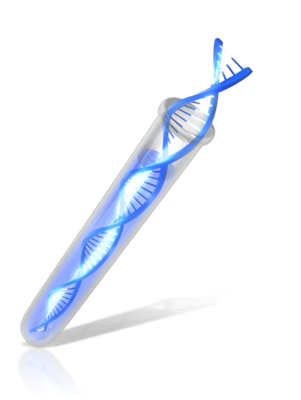 Recently a group of 100 residents from Wellington, New Zealand assembled together to determine what exactly it was they had in common. Their host? Dr. Spencer Wells, Director of the National Genographic project. Their admittance fee to this party? A cheek swab.
Recently a group of 100 residents from Wellington, New Zealand assembled together to determine what exactly it was they had in common. Their host? Dr. Spencer Wells, Director of the National Genographic project. Their admittance fee to this party? A cheek swab.
What they learned about themselves that evening, has a direct impact on YOU, a genealogist interested in identifying your ancestors.
You see, 800 years ago the first inhabitants of New Zealand were just beginning to explore their new territory. They had arrived from the eastern islands of Polynesia and lived in relative isolation for over 500 years.
While first discovered by the Dutch in 1642, New Zealand wasn’t regularly visited by Europeans until the late 18th century. For Spencer Wells and the National Genographic Project, sampling people of New Zealand would provide a rare opportunity to study the genetic effect of a recent collision of indigenous and outside population groups.
We can think of mixing populations like adding a tablespoon of salt to a glass of water. At first it is easy to see the two different substances co-existing in the same location. But soon the salt becomes part of the water- creating a new substance, with only a small portion of the original substances remaining. This is what happened throughout history as outside groups arrived and intermarried with indigenous populations.
The goal of population genetics as a field of study, and specifically of the National Genographic project, is to look at the modern day population (in our example the salt water), and be able to identify which ancestral populations are present (in our example, determine which parts are salt, and which parts are water. This of course, without knowing beforehand that you were dealing with salt water!).
The National Geneographic project has identified 9 ancestral regions from which they believe all modern populations descend. These nine would be like our salt, and our water. They have then described how 43 reference population groups (our salt water) are comprised of their own unique mix of these 9 groups. They can also describe the origins of your direct maternal line, and if you are male, your direct paternal line.
This information was gathered for the Wellington residents. It was determined that the original Polynesian population and a small East Asian population are certainly the minority among a predominately Western European population group. This information will help groups like the National Genographic Project to determine the possible migration patterns of other peoples and cultures.
What does this mean for genealogy? This kind of research helps fuel the admixture results (the pie charts and percentages) reported to you by a genetic genealogy testing company when you take an autosomal DNA test. It is this research that helps genetic genealogists look at your DNA and pick out the essential, ancestral elements–your salt and your water–and determine how your unique mix reveals information about the origins and migration patterns of your ancestors.




